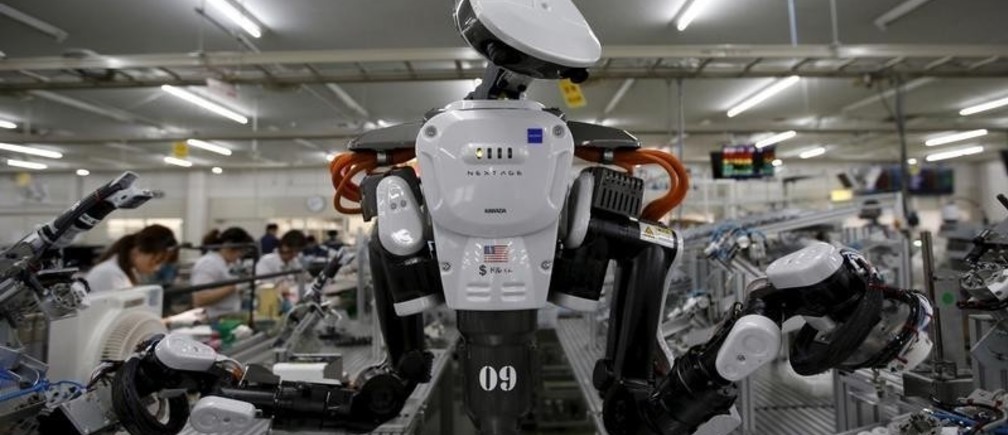
Scientists for centuries have been fascinated with creating such technologies and institutions which can mimic human intelligence. This goal, which a few years ago seemed impossible, is now becoming a new reality or as some might say taking us away from the reality. To achieve their far- reaching ambition, they created a new technology which might get the world at its knees. They coined it as the word ‘robotics’. Robotics are machines which were designed with intent to help humans perform the tasks which were too minimal and time consuming for them to perform themselves, to perform these tasks more efficiently and accurately as it was traditionally done by humans. Robots were created in the hope that one day they will perform tasks without human oversight, to create stimulation which can mimic the functioning of a human brain. The innovations in the field of robotics are accelerating at a pace never seen before. This in turn is paving the path for robots to leave human oversight, become independent and manipulate the very existence of mankind on earth.
It is evident that robotics together combined with machine learning will transform the world as we see it today, but the question raised is how and who are the people on the edge of most vulnerability. Robotics Industries Association (RIA), one of the largest robotic automation reports, proves how fast the advancements in the field of robotics is experiencing. According to the report, during the first half of 2016 only, RIA sold off 14,583 robots, worth $817 million to companies all around the globe. The report further states that an approximate of 265,000 of robots are being ready to be deployed across the map, placing the US third worldwide in terms of robotics deployment only after Japan and China.
Only in the few years of its growth, robots have started challenging humans in performing tasks they once have performed for generations more efficiently and in lesser time. For example, Australian company fast brick robotics have developed, The Hadrian X, a robot that can lay 1,000 standard bricks in one hour- a task which would take two human bricklayers the better part of their day, if not more.
Robots might seem as a modern world invention, an invention destined to alter the world, but in reality the evidence suggests that they are actually a creation of a long history of experiments and innovations. An example of this is Leonardo’s mechanical knight, an automated humanoid designed and constructed in the year 1495 by renowned painter Leonardo da Vinci. Robotics are opening newer horizons of possibilities like vision-based drones, robotic harvesting, robotic sorting in recycling and warehouse pick and place by combining their vision with learning capabilities. This new and emerging technology compels people to express an array of emotions, a mixture of awe, admiration, hope and fear. The biggest irony of the 21st century is that ‘robotics’ comes from Czech word ‘robota’ meaning ‘forced labor’ yet today it’s threatening to take away the livelihood of about 20 million workers from around the globe by 2030 as predicted by an oxford university report.
Why are robots considered better than humans when humans are it’s creator? Many answers can be provided for the question but one of the most prominent of them is that robots do not get tired even after long hours of work, that is they can maintain their efficiency and consistency which proves to be difficult for natural beings like humans. Human efficiency and productivity becomes wearer as work time stretches. Robotic accuracy maintains as long as the data fed to it is accurate without errors. An example of this is, at the University of California, San Francisco, a robotic pharmacist is filing and dispensing prescriptions better than trained humans.
Though it is fairly true that A.I. threats to replace humans at jobs yet there are many jobs robots prove to be inefficient at. Precisely, because these jobs require various personality skills such as the ability to empathize with others, to communicate their emotions and feelings and create new and strategic ideas and imagine far beyond what it has learned , skills which are yet to be achieved by transforming robots. Robots are taught to perform tasks in routine, but it cannot take decisions when faced with challenges that go beyond what it had been fed. For example, Jobs like psychology, social work, education are at less risk of getting replaced because these would require machines to empathize with the client they are attending, a skill robots are far away from achieving. Just as robotics is prospering, we must also try and make human-robot interaction handier so as to live peacefully in our common future.
By Shiza Ahmad
Participate in Creative writing Contest & International Essay Contest and win fabulous prizes.


